Soybean Diseases
Recommended Content
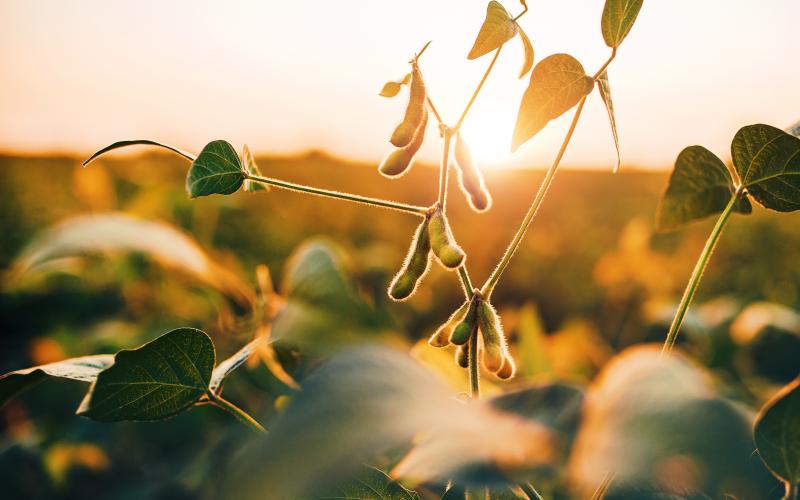
Best Management Practices for Soybean Production
This is your unbiased, research-based guide to soybean production to help increase yield, reduce input costs and protect your investment.
All Soybean Diseases Content
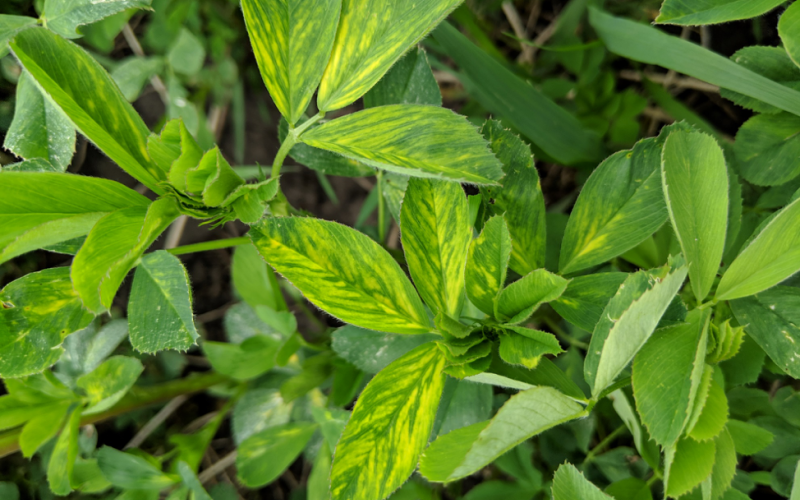
Alfalfa Mosaic Developing in a Few Alfalfa Fields
In South Dakota, alfalfa fields that were recently scouted were found to be infected with Alfalfa mosaic virus (AMV) at a very low incidence. AMV is a common virus in alfalfa that can also infect soybeans.
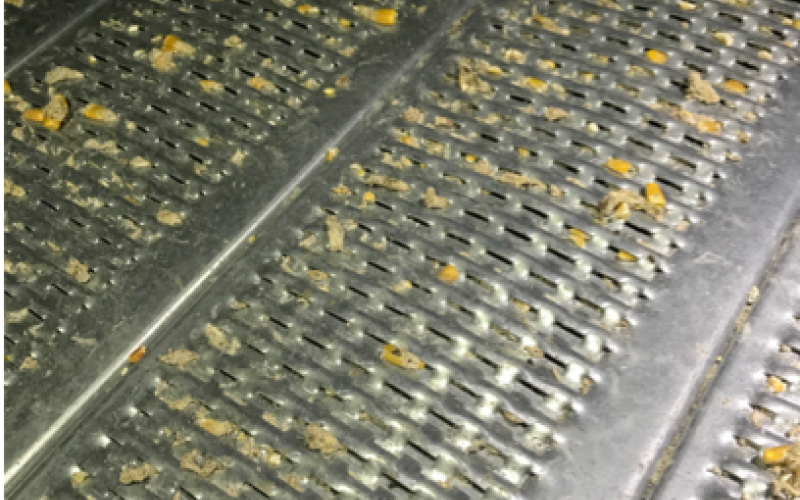
Stored Grain Pests: Spring Insect and Disease Issues
Grain storage is a key component in getting your crop to market. Aside from watching bins for spoilage, moisture, and temperature changes, make sure you are looking for signs of pest infestation.
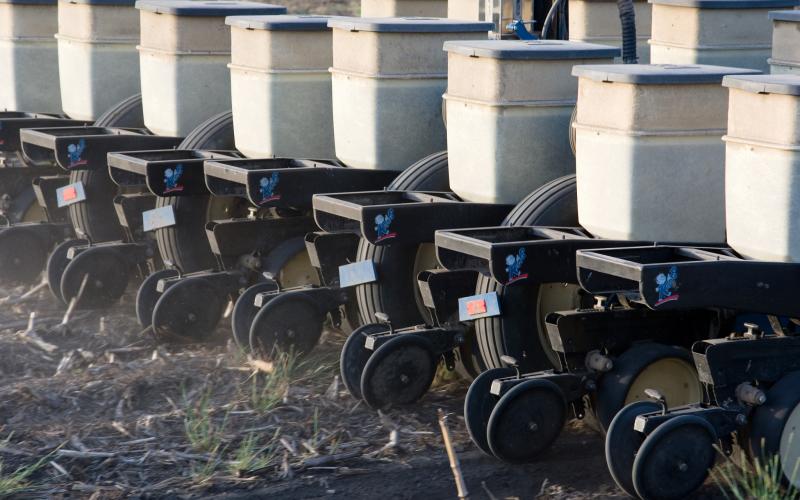
Fungicide Seed Treatment Considerations for 2019
With the excessive soil moisture and flooding that has occurred throughout South Dakota, growers may be thinking about using a fungicide seed treatment this planting season.

2018 Field Plot Summaries for Soybeans: Plant Disease and Fungicide Trials
This is a summary of soybean field research studies that were conducted in 2018. The purpose of these studies was to assess efficacies of fungicides for foliar disease management and nematicides/seed treatment products for nematode management. The studies were conducted on growers’ land in Brookings and Volga Research Farm.

Fungicide Resistance: Risk and Management
What is fungicide resistance?
Fungicide resistance can be defined as when a pathogen population is no longer sensitive or has reduced sensitivity to the fungicide that used to control the same pathogen.
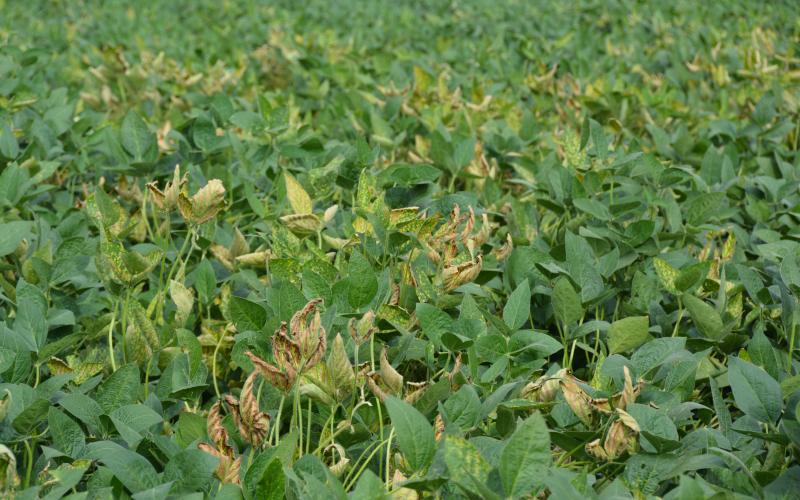
Plant Disease Management Decisions to Make Before Planting
For most plant diseases, in-season management choices are very limited. In fact, there are no in-season management options available for diseases caused by nematodes, viruses, and bacteria.
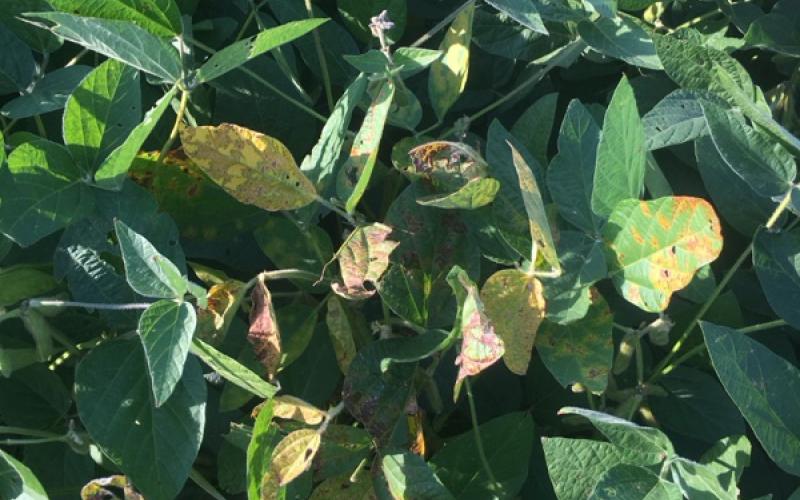
Soybean Vein Necrosis Virus Detected in South Dakota Soybeans
A new soybean virus called Soybean vein necrosis virus (SVNV) was detected in South Dakota soybean fields in Davison and Union counties. Symptomatic plants were sporadic and found along the field borders. Infected plants showed mild to moderate severity.
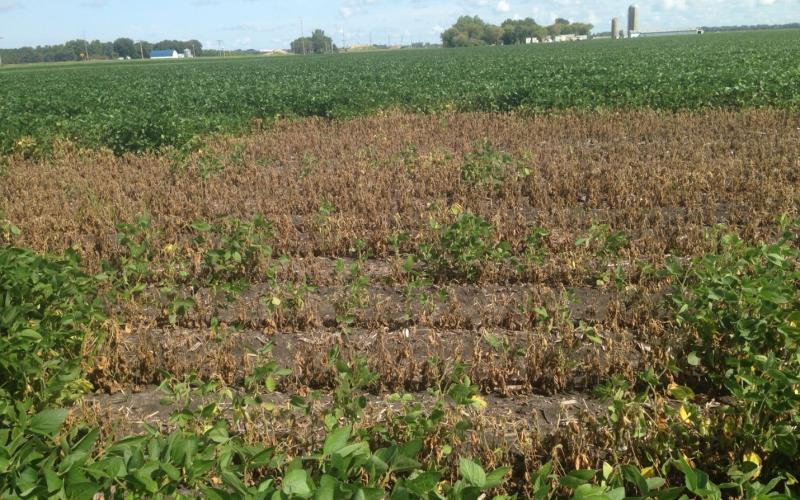
Seeing Dead Soybean Plants in a Circular Pattern? Could Be Due to Lightning
While quite uncommon for lightning to damage row crops, it does happen. Thunderstorms can have lightning that can burn soybeans plants leading to their death.
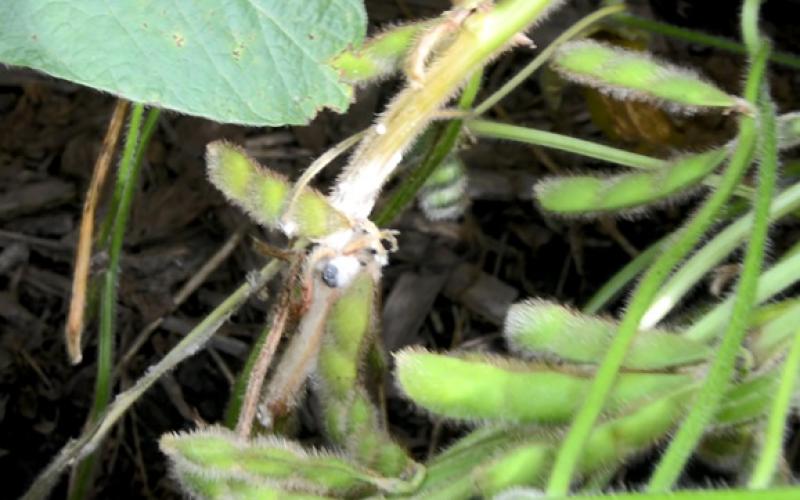
White Mold Development: Is your soybean field at risk?
According to USDA-NASS crop progress report for the week of July 17, 49% of the soybeans in South Dakota are at flowering. The flowering growth stage is also the time when white mold infection is initiated. The white mold pathogen infects the soybeans through the flowers that are senescing after pollination.
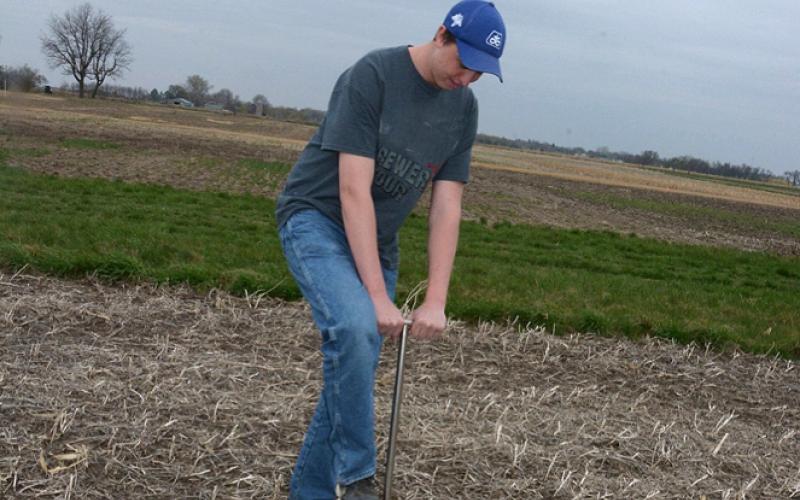
Consider SCN Sampling This Spring
Soybean cyst nematode management starts with a soil test to determine the presence or absence of this nematode in the soil.